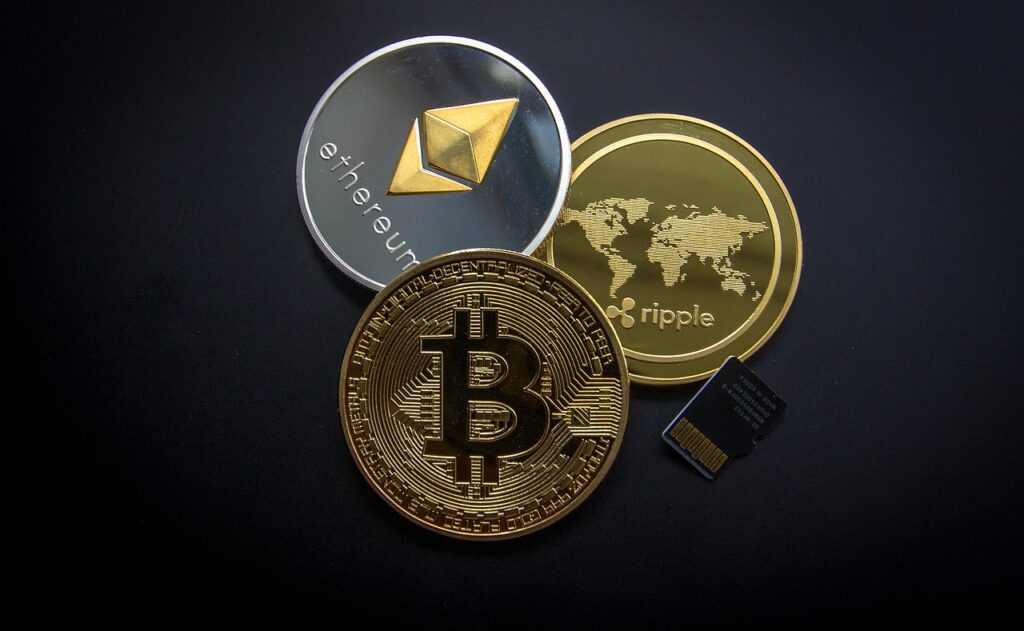What are non-fungible tokens?
A non-fungible token (NFT) is a special type of cryptocurrency that represents a digital asset that is not interchangeable with other assets of the same type. NFTs are stored on a blockchain, similar to how other cryptocurrencies are stored and can be exchanged on NFT exchanges.
NFTs are often used to represent digital assets such as artwork, music, or other forms of digital media. They can also be used to represent physical assets, such as real estate or collectibles.
Collectibles are a type of NFT that has gained popularity in recent years. Collectibles are often digital assets that can be collected and traded like physical collectibles. The most popular collectible NFTs are based on the Ethereum blockchain and include CryptoKitties and Decentraland.

How are non-fungible tokens used?
Non-fungible tokens (NFTs) are digital assets that are not interchangeable. NFTs are unique and represent ownership of a digital asset, such as a piece of art, a video game character, or a virtual world land. NFTs can be bought, sold, or traded on a marketplace or exchange.
Some popular NFT marketplaces are OpenSea, Decentraland, and Cryptovoxels. These marketplaces allow users to buy, sell, or trade NFTs. There are also exchanges that allow users to trade NFTs, such as Binance NFT and WAX Express Trade.
NFTs have become popular due to their ability to represent ownership of digital assets. They are also collectible and can be traded on secondary markets.
What Are Some Examples of Non-Fungible Tokens?
Non-fungible tokens (NFTs) are digital assets that are not interchangeable. Each NFT is unique and therefore has a different value. NFTs can represent digital artwork, in-game items, or collectibles.
Some examples of non-fungible tokens include:
-Digital artwork: NFTs can be used to represent digital artwork. Artists can create NFTs of their artwork and sell them to collectors.
-In-game items: NFTs can be used to represent in-game items. For example, in the game Cryptokitties, players can buy, sell, and trade virtual cats stored on the Ethereum blockchain.
-Collectibles: NFTs can be used to represent collectibles. Collectors can use NFTs to track their collections and trade with other collectors.
Why Are NFTs Becoming Popular?
NFTs are becoming popular for a variety of reasons. First, they offer a way to securely and permanently store digital content and exchange digital assets. Second, they provide a way to collect and trade digital collectibles. Third, NFTs offer a way to create unique, one-of-a-kind digital experiences that cannot be replicated. Finally, NFTs are built on the blockchain, which offers a secure and transparent platform for exchanging value.
Are NFTs Mainstream Now?
NFTs are currently in the early stages of becoming mainstream. They have been around for a while but have only recently started to gain traction. NFTs are here to stay and will continue to grow in popularity. There are many benefits to using NFTs, such as the ability to easily transfer ownership and the fact that they can be used to represent anything from digital art to in-game items. With more and more people beginning to use and understand NFTs, it is only a matter of time before they become mainstream.
How are NFTs different from cryptocurrency?
NFTs are non-fungible tokens that exist on a blockchain. They are unique and cannot be exchanged for other NFTs. On the other hand, cryptocurrency is a fungible asset that can be exchanged for other cryptocurrencies or fiat currencies. Cryptocurrency is also stored on a blockchain, but transactions are not as transparent as they are with NFTs. NFTs can represent a piece of art, a collectible, or a fungible token.
Are NFTs right for you?
NFTs are digital assets that are unique and cannot be replaced. They’re often used to represent items in games or digital art. You can buy NFTs on many different platforms, but the most popular one is Ethereum.
There are a few things to consider before buying NFTs. First, do your research to make sure the platform you’re using is reputable. There have been some scams involving NFTs, so it’s important to be careful.
Second, think about why you want to buy an NFT. Are you buying it for investment purposes, or do you simply like the item? There’s no wrong answer, but it’s something to consider before making a purchase.
Lastly, remember that NFTs are still a new and emerging technology. They may not be right for everyone, so don’t invest more than you’re comfortable losing.
If you’re interested in buying NFTs, do your research and decide if they’re right for you.
What’s the size of the NFT market?
NFTs, or non-fungible tokens, have been gaining in popularity in recent years as a way to store value and represent ownership of digital assets. The NFT market is still in its early stages, but it is growing rapidly. There are a number of NFT marketplaces and exchanges where people can buy and sell NFTs. Some of the more popular ones include OpenSea, Rarible, and Foundation. The size of the NFT market is difficult to estimate because there is no central repository for NFT transactions. However, one estimate put the size of the NFT market at $250 million in 2020. This is expected to grow to $2.3 billion by 2025.

What is the future of NFTs?
The future of NFTs looks bright as more and more people are beginning to use them. With the help of the blockchain, NFTs are becoming more secure and easy to use. Additionally, more businesses and individuals are starting to use NFTs to represent their assets. This trend is likely to continue as NFTs become more mainstream.
One potential obstacle to the future of NFTs is the lack of regulation around them. Currently, there are no laws governing the buying, selling, or exchanging of NFTs. This could change in the future, which could impact the way that NFTs are used.
I am Sayan Chowdhury, a Web 3.0 and Blockchain Consultant at GrowGlobal.IO. GrowGlobal is breaking dimensions in the field of blockchain and crypto by creating solutions that allow local businesses to reach the world. First prize winners in the KardiaChain global hackathon and working in building the world’s first Unified Crypto Interface protocol. If you wish to explore the opportunities of Blockchain and NFT-enabled services for your business with us, click here (growglobal.io/book-a-coffee).
























